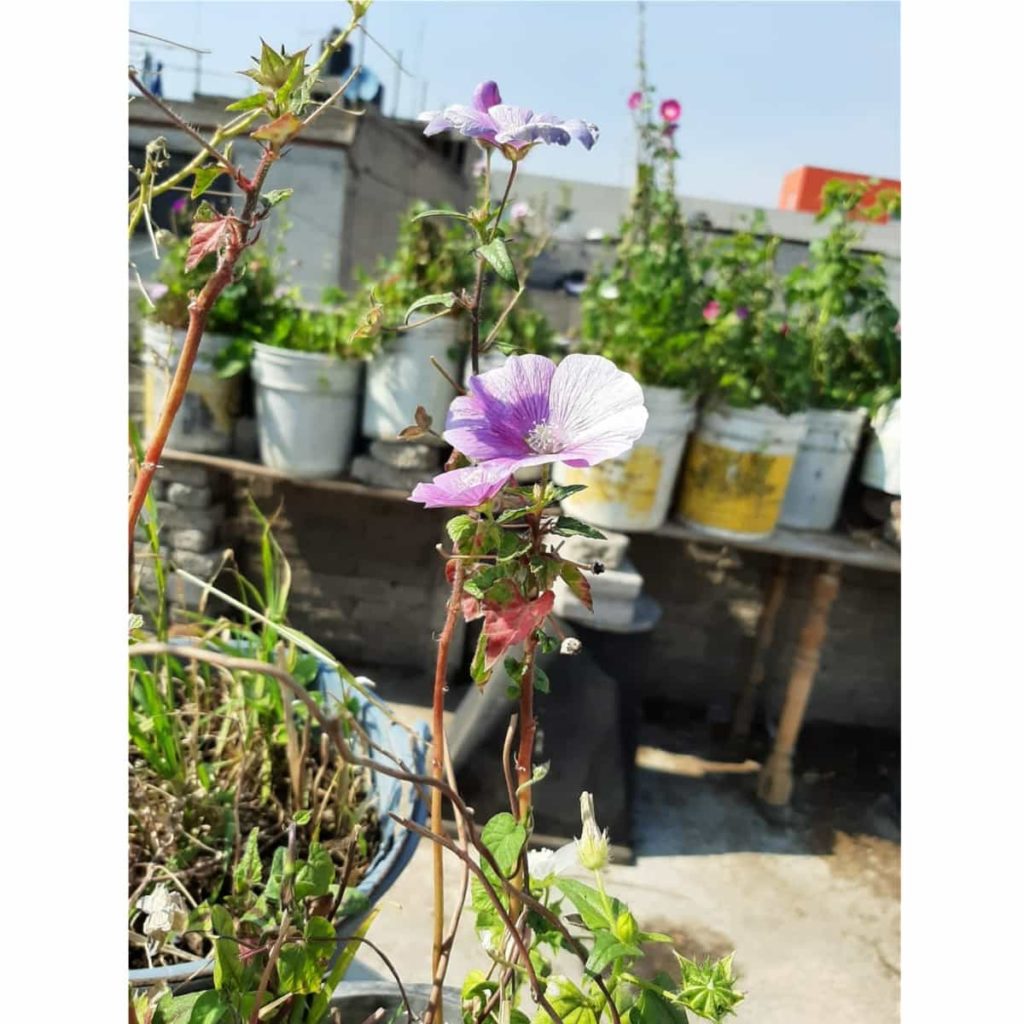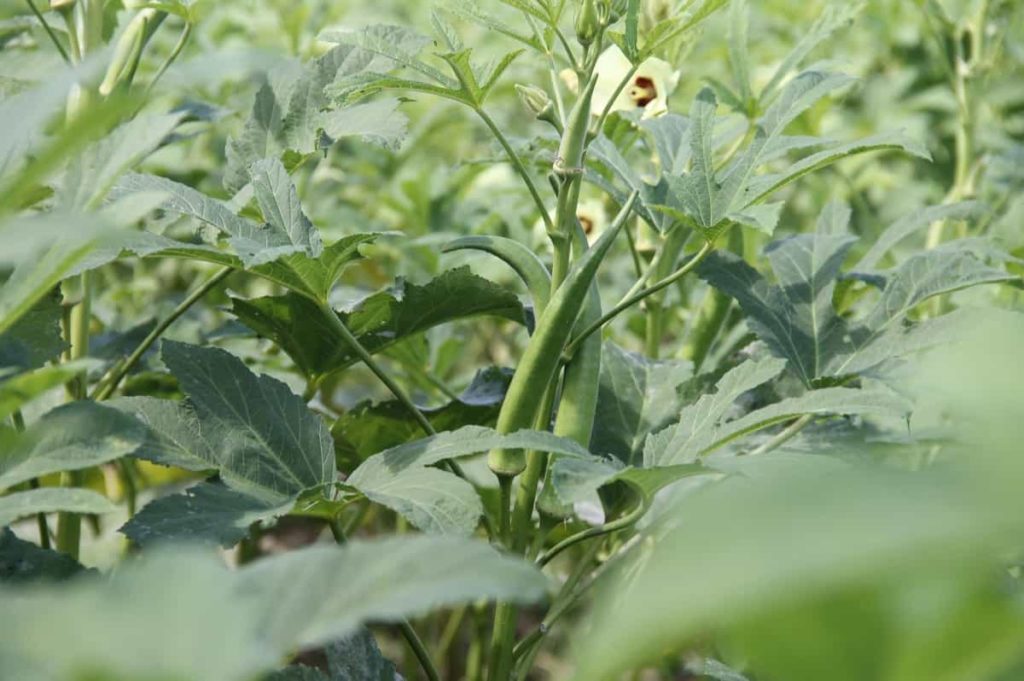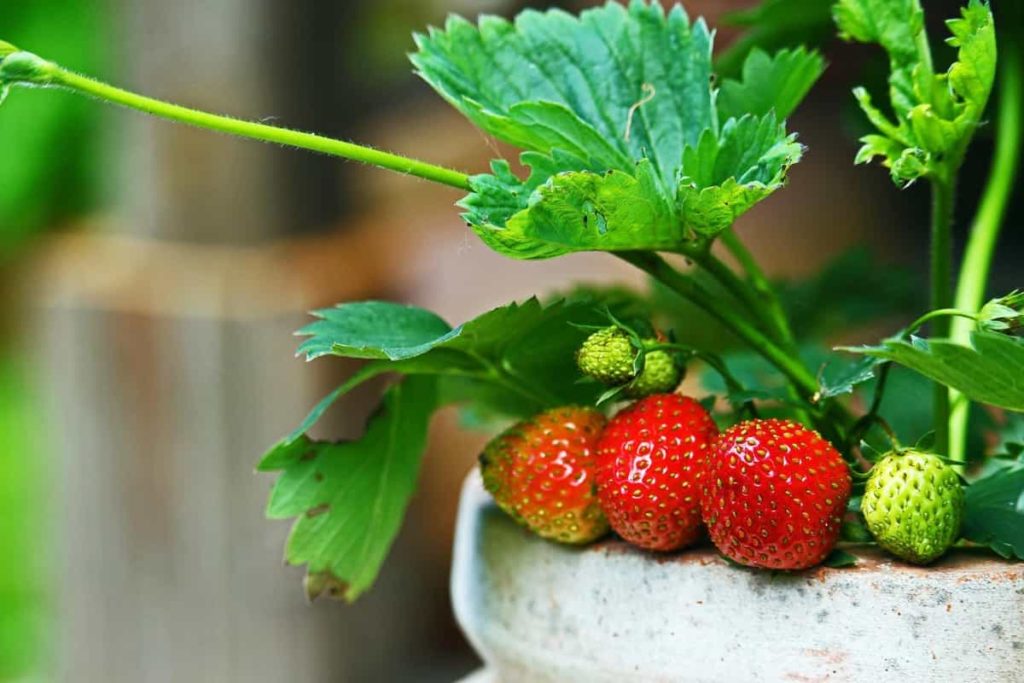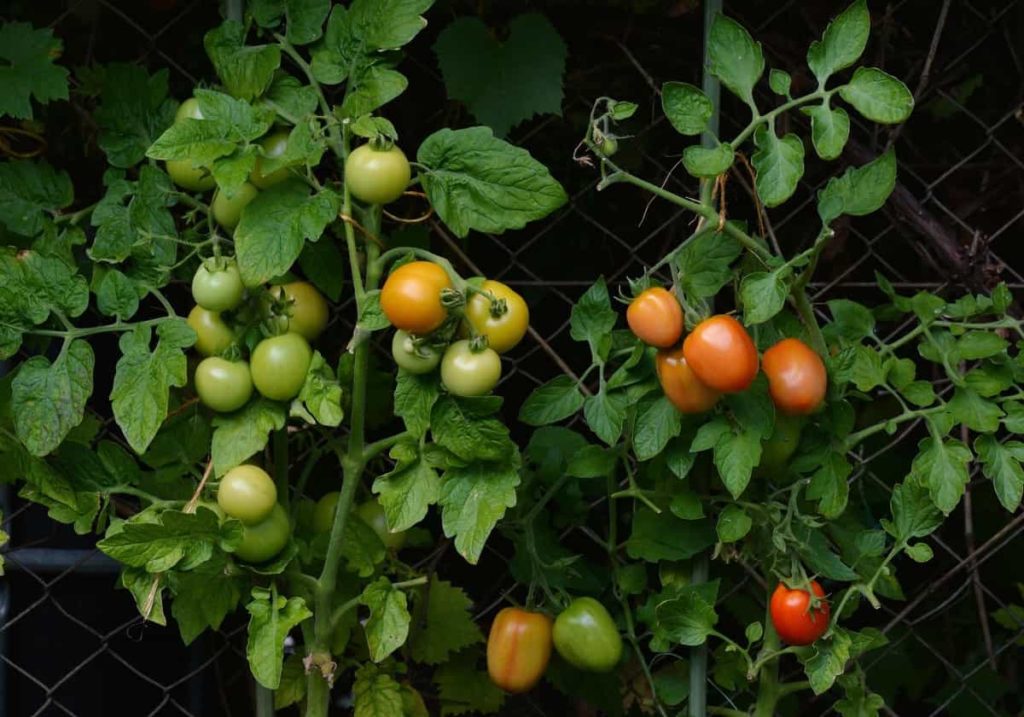People in India move from their natural habitats to the cities to find work, establish businesses, and further their education. Kerela is home to many such cities as Kozhikode, Kochi, Kannur, Palakkad, Alappuzha, Manjeri, Thalassery, Kanhangad, Tirur, Malappuram, Ernakulam, Kollam, Thrissur, Trivandrum/Thiruvananthapuram, and Kottayam. Even a modest plot of land to create a lovely garden is generally difficult to come by in such urban areas.

We can also put a little garden on the terrace in this scenario! Utilizing bricks, tiles, and other building materials, you can quickly transform a little space on your patio into an attractive and functional garden. Below we will learn about terrace garden ideas for home, terrace garden setup in Kerela, how to start a terrace garden from scratch in Kerela, advantages, and disadvantages of a terrace garden, and a complete guide to growing a terrace garden from scratch in Kerela.
Advantages of terrace garden
With a garden or a terrace garden, you can lower the average temperature of your house by 6 to 8 degrees (Celcius). This significantly reduces the need for ac use for most of the year. When you grow your food, you may avoid the chemicals and pesticides often included in store-bought options. You can also work out on your terrace garden, soaking in the fresh air and savoring the simple pleasures of nature. Increased oxygen levels and less noise pollution may be achieved via terrace gardening.
Using food from a rooftop garden ensures no harmful chemicals in your dinner. Finally, you can expect a fantastic meal every time. Having a terrace garden in your home is like having a best friend living with you; it’s relaxing and promises a good time. Nature is considered man’s greatest friend. To recap, terrace gardens may improve oxygen generation by capturing air pollutants and filtering them before releasing oxygen back into the atmosphere.
Plants help to keep the air clean by removing carbon dioxide and replacing it with oxygen. With a terrace garden, you can see the significant changes in the ambiance of your home. As a result, your home stays cooler since less heat is reflected off it. Soil erosion and surface runoff can also be reduced by using these products, making it easier for farmers to cultivate crops. You may also collect rainwater to keep the garden at a comfortable temperature.
Stormwater runoff may be diverted to a terrace garden by installing this device. The rooftop is kept cold by the regular dew and evaporation cycle, and the home temperature is maintained. A terrace garden has health and environmental advantages. Fresh air never fails. By growing a garden on your home’s roof, not only will the structure seem more inviting to potential buyers, but you will also get the aesthetic benefits of doing so. One of the most effective methods to save water and minimize soil erosion is to install rooftop gardens.
In case you missed it: Terrace Garden Cost in India: How to Setup, Roof Garden Design, Best Plants to Grow

Disadvantages of terrace garden
Terrace gardens can provide several structural and weight issues for a structure. By employing pots or soil, you’ll significantly increase the weight of your roof garden’s structure. This includes the weight of the terrace slabs and furniture. A rooftop garden can’t be built until the building’s roof has been appropriately strengthened. Wind damage to young plants and seedlings is a potential problem in high-roof gardens, especially in the early phases of development.
Having a rooftop garden puts extra strain on a building’s water supply. If your terrace does not have a water outlet, you may install a roof garden or utilize the building’s water supply. Terrace gardens, as opposed to conventional ground gardens, need a time- and money-consuming drainage system. As a result of this design, no water from outside the garden will be let in. There must also be enough drainage to ensure that no garden water seeps into the structure’s exterior.
Insurance companies will undoubtedly boost the prices they charge to cover such structures. A rooftop garden is more expensive to insure than a traditional backyard paradise because of the higher rates. Terrace gardens are more dangerous than conventional ones since they might fall. Keep the perimeter gated for the safety of children who may be visiting or invited to your roof garden.
A barrier between the soil and the building’s rooftop is necessary before planting in a rooftop garden with soil beds. Hiring specialists to put in this membrane will be required, which will add to the overall cost. This may happen if nails, screws, and other garden implements are driven into the roof garden membranes over time. Water and dirt can leak into a building’s structure if a membrane ruptures. The terrace garden may have to be destroyed and rebuilt from the ground up.
A step-by-step guide on how to start a terrace garden from scratch in Kerela
Plan your terrace garden
Sketch the design of the garden you wish to build, such as a spring garden, a raised bed garden, a container garden, or even a sitting place in the middle of the garden for regular nature therapy treatments. Consider the amount of light and shadow each plant receives when selecting where to place it. Plant pots should be placed in places where water may be easily accessed. Full sunlight favors certain crops, while partial shade favors others. The plant’s location must be re-evaluated depending on the plant utilized.
Pick your plants
There is no limit to what you can plant on a terrace garden ranging from vegetables, herbs, shrubs, microgreens, trees, and flowers. Isn’t it wonderful to be able to raise your food? Leafy greens like radish, spinach, and coriander are good places to start if you’re new to gardening in Kerela. In every season and with little work, these veggies can thrive.
Gather your tools
No matter how tiny, every garden calls for specific tools and equipment. If you’re planning a big or little garden, you’ll need a wide variety of equipment. Many gardeners use a shovel, shade, trowel, and scissors. Garden containers may be anything that can firmly store soil.
It won’t be easily shifted or tipped with impermeable sides and a solid base. A fine container can withstand rot and corrosion and has one or more drainage holes. Some alternatives are terracotta pots, colourful ceramic pots, and lightweight plastic pots. This choice requires less watering than terracotta pots.
In case you missed it: Best Season to Grow Bell Pepper/Capsicum at Home in India: in Pots, Terrace, Apartment Balcony, and Backyards

Waterproof your terrace
Terrace gardening is built on a foundation of waterproofing. To prevent damage to the structure, it is essential that a water-resistant coating be applied to the terrace’s surface. Surface degradation might worsen with time, resulting in more significant damage. Applying a waterproof polymer coating to the concrete slab/surface is a simple and effective waterproofing method. Terrace gardening can begin when the polymer covering has been completed.
Ensure the drainage of your terrace
Any plant’s growth depends on the soil’s ability to absorb moisture and nutrients, and this can only be achieved if the soil is porous and not waterlogged. Allowing water to drip off the insulating layer will prevent it from being damaged by the excess moisture. A geotextile filter between soil and drainage layers prevents dirt and organic debris from washing away and blocking drains.
It’s not difficult to grow plants in containers; all you have to do is ensure that any excess water that accumulates in the containers can be quickly drained. Due to the amount of watering necessary for potted plants, it’s good to have a water source nearby on the terrace or balcony. Your high and exposed outdoor space should be protected by a wind barrier, such as a trellis, so you and your family can enjoy the area more. There are several types of climbing plants that can thrive on a trellis.
Pick the right potting mix for your terrace garden.
In the same way that soil is to humans, it is to plants. Filling the container with well-nourished and well-conditioned soil is essential for good plant growth. For potting, soil and organic compost can be combined. When it comes to potted plants, regular garden soil is OK, but you need to take extra care to keep it from becoming too light or too dense. Soil with a well-balanced texture that can retain moisture while being light enough to allow for air circulation is ideal for growing plants.
Enough water should be retained in the soil to support healthy root development while allowing excess moisture to drain. Nutrients in the right proportions are essential for plants of all kinds to thrive. According to the plant’s needs, the soil-less mixer can be made of coco peat, peat moss vermiculites perlite, or pumice stone. Most of the time, a simple all-purpose mix will do the trick.
Mulch your terrace garden
For various reasons, mulches and topdressings are applied to the soil’s surface. There are many ways they aid plant development, including lowering moisture loss via evaporation, increasing soil nutrients, enriching soil humus, and improving the texture and workability of the soil. Leaf mold mulch, wood chip mulch, cocoa shells, gravels, cocoa chips, pebbles, and fiber particles are all common mulches.
In case you missed it: Best Season to Grow Cucumber at Home in India: In Pots, Terrace, Apartment Balcony, and Backyards

Water your terrace garden
To design a garden, it is necessary to consider each plant’s specific needs. Consider drip watering systems if you live in a region with limited rainfall or have a terrace garden exposed to drying winds. Evaporation is a major problem for plants in containers. Conserving moisture can be made more accessible by putting containers together in a group. As a general rule of thumb, 10-20 liters of water per square meter of fast-draining soil would be an appropriate amount of watering throughout the summer months.
Use good fertilizer for your terrace garden
A well-balanced diet of nutrients is essential for plants’ health and well-being. There is a greater demand for the soil’s vital components than plants can replace naturally. Potassium, phosphorus, and nitrogen (NPK) make up a significant portion of the nutrients essential to the health of plants, including fruits, vegetables, and flowers. For example, bone meal, horde meal, neem cake, and Pongamia cake are all examples of organic fertilizers generated from live creatures.
On the other hand, inorganic fertilizers may be dangerous if misapplied, while these natural compounds are typically slow-acting and unlikely to scrape foliage. Roots need phosphorus to grow. Nitrate is necessary for robust plant development and vibrant foliage. Resistance to disease and sound food production are both enhanced by potassium intake.
Pest and disease management for terrace garden
Maintaining a healthy and strong plant population is the best way to ward against pests and diseases. The plants will thrive if you provide enough light, nutrients, water, and humidity. It’s important to identify pests accurately to use the most effective management method. The most prevalent pests are Aphids, Fungus Gnats, Mealybug, scavenger ants, mites, scales, and whiteflies.
Practice crop rotation
Many diseases can spread across closely related plant species in the same soil. Watch the tomato and squash families. By rotating crops each year, you can minimize diseases and soil degradation. Gardeners should weed their terrace garden every day. After rain or watering, hand-pulling weeds is easier.
In case you missed it: How to Start a Terrace Garden from Scratch in Bangalore/Karnataka: for Vegetables, Flowers, Herbs, and Fruits

There are many ways to remove weeds. First, take root from the stem and squeeze the bottom. Trowel out the root system. You can use a hoe to remove the weed’s top layer without damaging neighboring crops. Even after eliminating weed roots, they can regrow.
Heat protection
What you can plant and how well it does depends on the environment of your terrace garden. Occasionally, even sun-loving plants require additional care during the warmest months since they can’t withstand too much heat. Regular watering, shade netting, and a sufficient supply of nutrients may all help your plants survive the brutal summer sun and humidity.
Install wind barriers
Your garden can sometimes be in danger due to high winds. Your plant might be destroyed entirely if high-pressure winds are really powerful. If you have the financial means, you can protect your garden by building a fence or a windbreak to block the wind. Before putting up windbreaks, check to see that the garden has sufficient open space to allow air circulation.
Best vegetables to grow in Kerela terraces
Lettuce, beans, chilies, radishes, tomatoes, potatoes, carrots, brinjal, ladies’ fingers, cucumbers, spinach, and lettuce are among the many vegetables that can be grown on Kerela terraces.
Best fruits to grow in Kerela terraces
Pomegranates, lemons, pineapples, guava, oranges, and papaya are among the many fruits grown on Kerela terraces.
Best flowers to grow in Kerela terraces
Hibiscus, jasmine, marigold, lilies, roses, sunflowers, and chrysanthemums are among the many flowers that can be grown on Kerela terraces.
In case you missed it: The Best Fertilizer for Tomatoes in Pots

Best herbs to grow in Kerela terraces
Curry leaves, basil, mint, cilantro, coriander, fennel, and dill are among the many herbs that can be grown on Kerela terraces.
Conclusion
Many city residents have discovered that gardening on their terraces can be a fantastic stress relief amid the frenetic pace of city life. Plants not only assist in keeping your house cool in the summer, but they also help to clean the polluted air in the city. This project is perfect if you’re limited by area but still want to enjoy the advantages of terrace gardening. You no longer have to buy vegetables daily since you are offering your fresh product, and it is easy to collect rainwater on the terrace.
- Broccoli Seed Germination and Selection
- Asparagus Seed Germination and Variety Selection
- Seasonal Flower Gardening: Best Practices for Spring, Summer, Fall, and Winter
- How to Grow Hibiscus from Flower
- Plantation Ideas for Home Decoration: A Beginners Guide
- Flower Garden Designs and Layouts for Beginners
- Planting and Spacing Techniques in Papaya: A Beginner’s Guide
- Growing Gold: Essential Techniques for Planting Pineapples
- How to Make Kalanchoe Plant Bushy: Home Remedies and Solutions
- 11 Reasons Why Your Gardenia is Not Blooming: Home Remedies and Solutions
- Eco Elegance: The Guide to Designing a Drought-Tolerant Landscape
- Gardening on a Slope: Strategies for Hillside Landscaping
- Nourish and Flourish: Top Organic Mulches for Thriving House Plants
- Everything You Want to Know about Indian Mogra Flower: Discover Uses and Growing
- Green Thumb Success: Expert Tips for Cultivating Greenhouse Pumpkins All Year Round
- Maximize Growth & Flavor: The Ultimate Guide to Companion Planting in Herb Gardens
- How to Control Rhododendron Problems Naturally: Home Remedies and Organic Ways to Fix Them
- Natural Magic: The Remarkable Benefits of Cinnamon for Plants
- Best Steps to Revive Dying Tulip with Natural and Organic Treatment
- 10 Reasons Why Your Angel Trumpet is Not Blooming: Remedies and Treatment
- How to Fix Periwinkle Leaf and Flower-Related Problems: Natural Remedies and Solutions
- How to Fix Zinnias Leaf and Flower Problems: Discover Natural and Home Remedies
- Organic Steps to Induce Lemon Tree Flowers: A Comprehensive Guide
- Bloom Booster: Crafting the Perfect Homemade Bougainvillea Fertilizer
- Optimizing Growth: A Guide to Applying NPK Fertilizer for Potted Plants
- 10 Best Homemade Fertilizers for Rubber Plant: DIY Recipes and Application Method
- How to Boost Female Pumpkin Flowers: Effective Steps for More Flowers and High Yields
- Transform Your Indoor Garden: Top Benefits of Pink Salt for Houseplants
- 10 Best Homemade Fertilizers for Peacock Plants (Calathea): Easy DIY Guide
- Unlock Blooms: 9 Reasons Why Your Potted Chrysanthemum is Not Blooming
- 8 Reasons Why Your Potted Hibiscus is Not Blooming: Fix it with Simple Solutions
- Unlock Blooms: 9 Key Reasons Your Potted Frangipani Won’t Flower
- 10 Reasons Why Is My Ice Plant Not Blooming: Remedies and Treatment
- 10 Reasons Why My Potted Hydrangea Not Blooming: Treatment and Remedies
- 10 Reasons Why is My Wisteria Not Blooming: Remedies and Treatment
- 10 Reasons Why is My Goldfish Plant Not Blooming: Remedies and Treatment